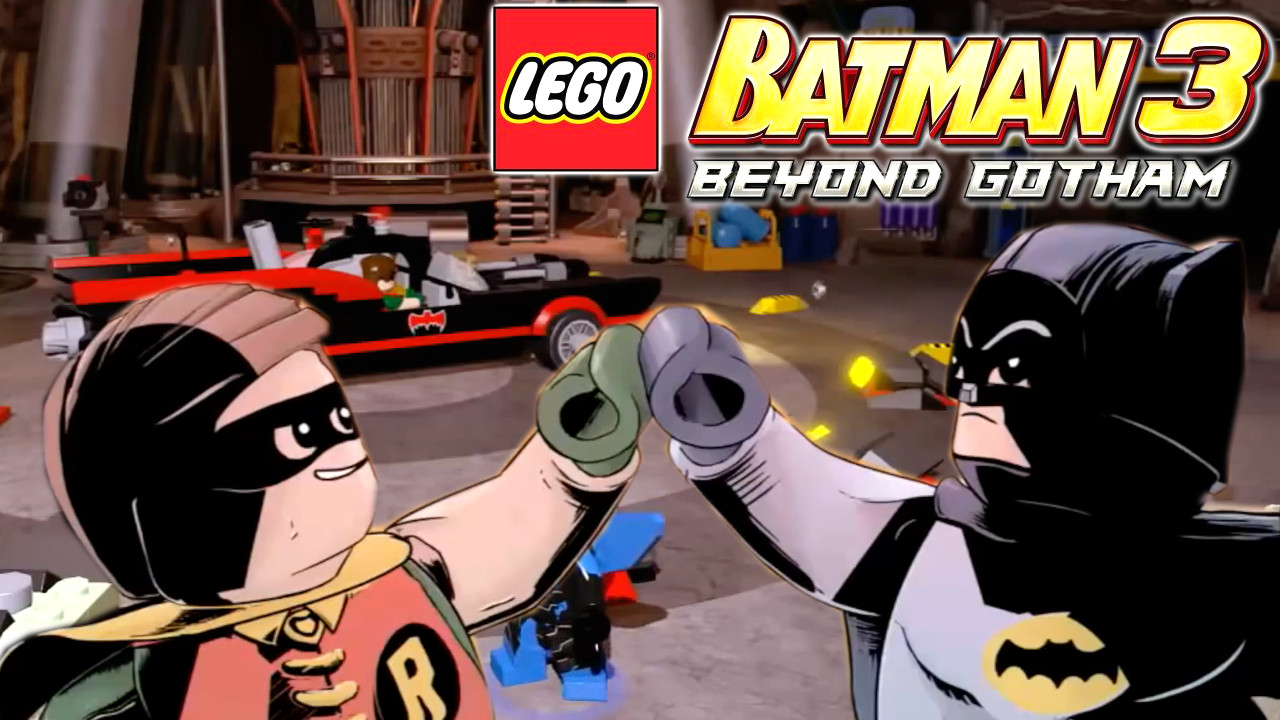
Except for Oa (the Green Lantern homeworld) these are represented as spherical planetoids that you can run and fly around almost like an over-size Super Mario Galaxy world. The first several levels are almost entirely Batman (and Robin) centric and we won’t be surprised at all if many people give up before Brainiac even gets to Earth: which is when the game starts getting good.Īfter his incursion you have to start visiting each of the seven Lantern homeworlds, which not only means no more gloomy spacestations but unlocks an open world for each (as well as one on the moon). But the game’s other problem is the peculiarly poor pacing, and that for the first six hours or so the only hubs available are the Batcave and a boring-looking spacestation. Instead what you get is a number of smaller hub areas to explore between missions.

The plot is self-aware nonsense, but it revolves around Brainiac stealing the powers of all the differently coloured Lanterns – which is fine except the game never really explains the backstory to this or what all the different colours and emotions are all about.

But most of the DC universe is only really there in cameo form, and this is primarily a Batman and Green Lantern story. In terms of the over 150 characters included it certainly is, even though the absence of at least one major villain seems an obvious hint that a fourth game is already being planned. And so we had hoped this third Batman game would be the DC equivalent. Lego Marvel was far bolder though, featuring every character imaginable whether they had a movie or not. Although Lego Batman 2 did feature a number of of other DC heroes Superman was the only one to get a major speaking role, and the whole Justice League angle seemed very half-hearted and timid. We don’t mind saying that we’ve always preferred DC Comics to Marvel, not because of any great familiarity with the books themselves but instead thanks to the peerless DC Animated Universe.


 0 kommentar(er)
0 kommentar(er)
